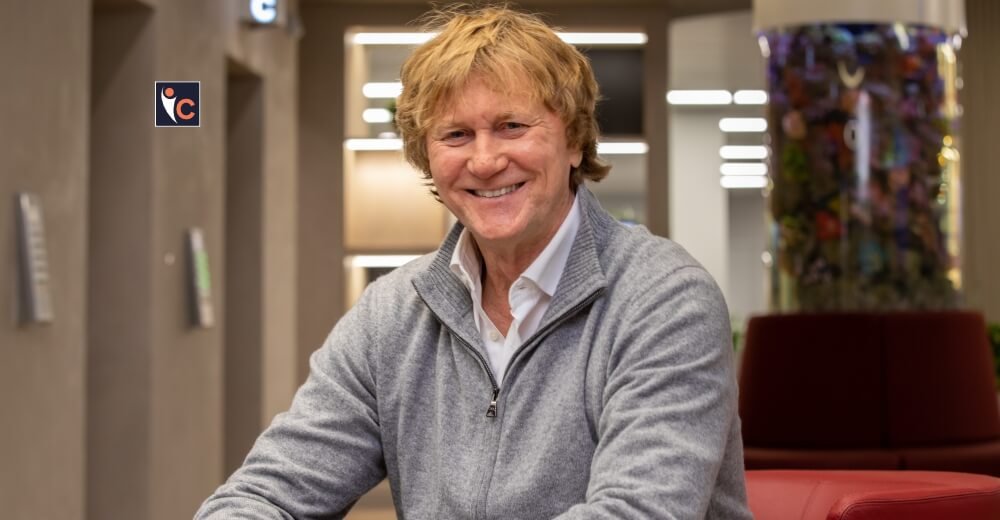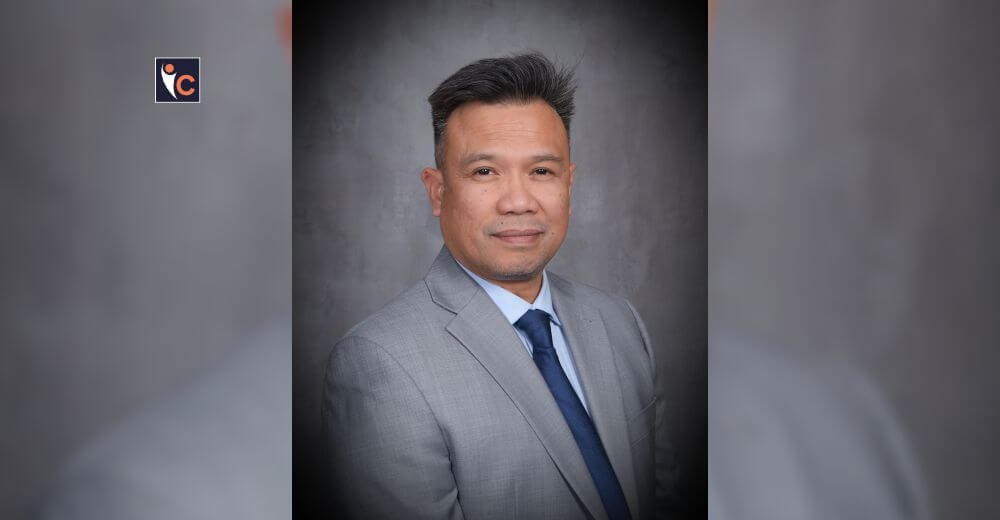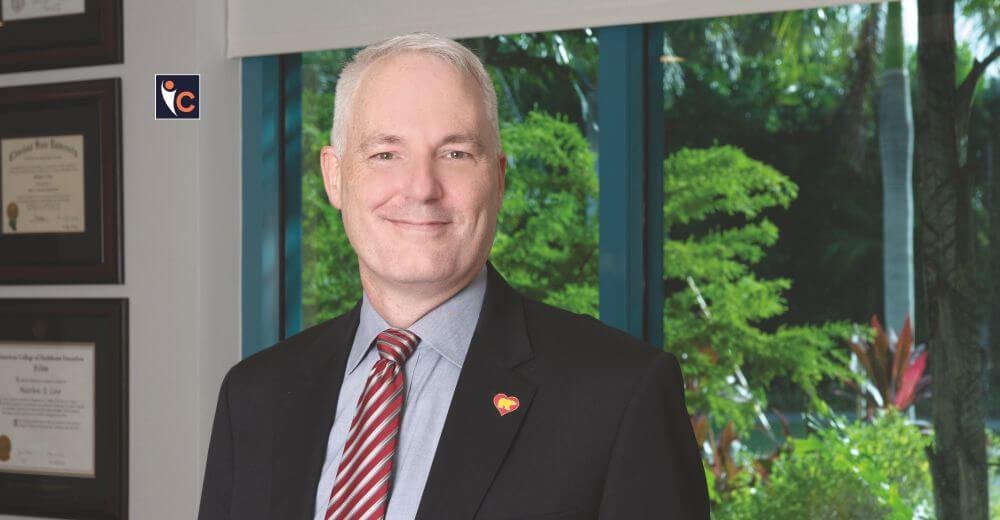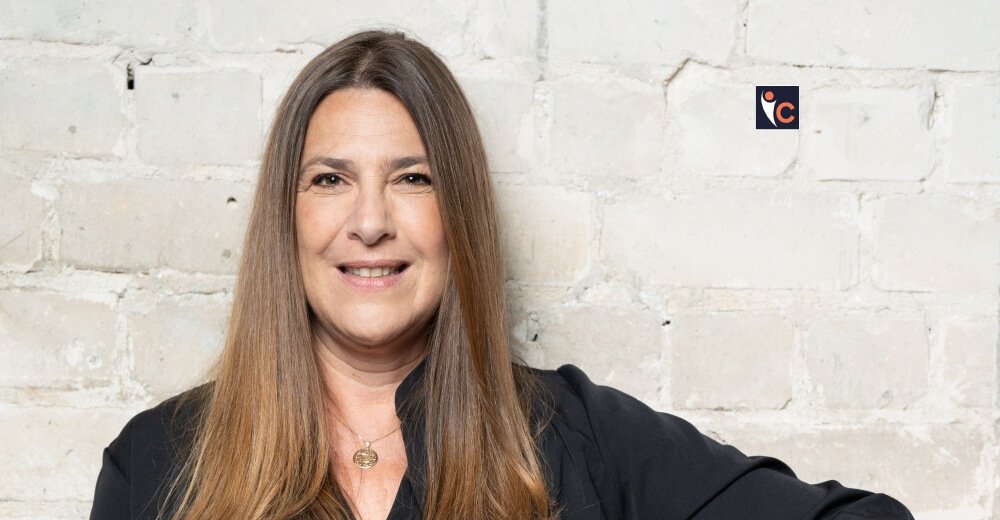The healthcare industry is a well-respected global industry with lots of small and large competitors that are all slightly differentiated in how they approach their patients and provide solutions with an aim to deliver perpetual convenience and reliability.
Stéphane Bédard, President and CEO of B-Temia Inc., decided to break the traditional shackles of the industry and bring forth progressive solutions to change the landscape of the whole sector. Stéphane consciously made the choice that he is going to bring to this clinical world the merge of the science of mechatronics with the process of the rehabilitation process in mobility disorders.
A Spark to do Things Differently
Stéphane wanted to comprehend further the subtilities of interrelating with the biomechanical functions of the human body and not only in the context of replacing or replicating them.
He wanted to study the interaction between the human body and its environment while people mobilize themselves with smart and active mechatronic devices, i.e., “wearable robots”, as the scientific and the engineering community called them today.
Being passionate about robotics since he was a child and transforming this deep personal interest over the time through a systematic learning process in the science of mechatronics, Stéphane always knew and felt that extending this footprint in the field of complex automated systems would not have been enough to overcome his desire to make a real and a sustainable difference in people’s lives and actually, for the humankind; which was the ultimate goal he wanted to achieve: that is to say being distinctively useful and improving the quality of life of people.
Following his seven (7) years of studies at the University Laval, Quebec (Canada), completing the first degree in electrical engineering and a second degree in mechanical engineering, Stéphane had to choose his doctoral topic, which he considers a very important time of his life. To speak freely, he believes that this is where his dedication to human gait started.
This field of interest – i.e., the human gait and its disfunctions – struck Stéphane, not only because he had to orient the choice of his professional education but, more important because of the actual context of his life, which at that time, Stéphane was experiencing the unexpected necessity of the rehabilitation process, inflicted by the obligation to re-construct the entire biomechanical function of his left knee caused a series of unfortunate sporting accidents.
At that period, Stéphane was pushing himself into another area of curiosity: mountain bike racing, where at this specific period, a lot of great talented athletes around the world were chasing a kind of involvement of being the first bikers participating in the first official presence of this outdoor sport at the Olympics in 1996.
Part and Parcel on the Way to Success
Even if this desperate goal was, for obvious reasons, not achievable per say from a personal perspective, he trained, re-train, overtrained and consequently injured himself many times to the point that this supposedly agreeable and healthy journey burned him down from a physical standpoint by offering on a gold plate two major tears on his left knee resulting to three surgical interventions and three years in rehabilitation.
However, from a psychological standpoint where Stéphane ended up to a point where he needed desperately to find out a new perspective on his life and try to be a better contributor to people around the world, Doing something more “relevant” with his life and with all this sophisticated knowledge Stéphane has been cumulating for almost ten years.
As we said many times in our life, ‘There is always a bright side to desperate situations.’ While progressing his doctoral studies in advanced automation in complex systems, Stéphane was in the process of “reconstructing” his knee, day after day, Newton of strength by Newton of strength, regaining his mobility little by little and at the same time, building friendships with this amazing clinical crew that Stéphane was encountering on a daily basis.
At that moment, at that precise instant, Stéphane consciously decided to make the choice that he was going to bring to this clinical world the merge of the science of mechatronics with the process of the rehabilitation process in mobility disorders.
In fact, without any other intention than being more useful and helpful to people, following too many years of the selfishness of trying to optimize his personal performance, this specific moment pictures the trigger point where Stéphane started to study, develop, and apply the science of the biomechatronic at the benefice of the preservation and the restoration of the human mobility.
That was in 1996, that is to say, 25 years ago. Getting older today, Stéphane admits, “I am now, however, in a position to actively observe the positive outcomes of such choices I have made over those years for the benefit of people who rely on getting help to regain their autonomy, their dignity in mobility.”
Enabling Novelties
The first business-oriented application of this endeavour was Victhom Human Bionic, a public traded enterprise that Stéphane founded in 2000 with the ambition of creating and materializing the first powered leg prosthesis for above-the-knee amputees.
From scratch, with absolutely no reference on the matter, Stéphane and his team conceived this AI-driven computerized motorized prosthetic apparatus based on brand new biomechatronic concepts that were opening and making available a whole set of new robotics-based components, AI algorithms and human mobility simulation principles.
This new era in bioengineering was providing the capacity to observe and recognize by commercially-available sensors the user’s movement intentions and consequently, control in full synchronisation the motions of this active mechanical device, creating the first human-machine interface between an amputee and a prosthesis and therefore transforming – for the first time in the O&P industry – a “cold” and “inert” piece of orthotic structure towards a powered-activated artificial limb that moves in symbiosis with its user.
From this innovative work that took seven years of development and multi-millions of dollars in investment, has born the product “Power Knee,” the first above-the-knee prosthesis, invented by Stéphane, developed by Victhom Human Bionics, and currently commercialized by the Icelandic company Ossur, one of the leading companies in the orthosis and prosthesis in the industry.
Following the adventure of the Power Knee and ten years of incredible moments in establishing new grounds in the O&P industry with the team at Victhom, it was the time for Stéphane to evolve towards another level of interaction with the human body. At that moment, he wanted to push the limit of the applicability of this science and the technologies associated with it.
Stéphane thought, “How can I improve the capacity of such devices to properly support the entire biomechanics of the human body in order to sustain or restore the mobility of the said users into various complex situations that would represent real-life.”
After some readings, this thinking process resulted in a new way to apply the biomechatronic principles and technologies that he has entitled “The science of Dermokskeletics,” which is today” the science representing the study of the interaction of the human body and its environment while applying autonomous wearable robots for the active assistance the user’s mobility,” From Stéphane’s research in applications, the Dermoskeletics allows the application of powered-driven AI-based wearable robots to interact with the overall spectrum of human mobility.
Afterwards, the evolution of the Dermoskeletics ended up with the foundation, in 2010, of Stéphane’s second venture named “B-Temia Inc.” a private medical device technology company focusing on the creation and the commercialization of powered-driven AI-based wearable robots for people with difficulties of walking, under the mission to fulfill the promise of mobility for everyone.
The name “B-Temia” comes from the medical terminology “Blastemia,” which is associated with “a mass of undifferentiable cells from which an organ or a body part develops, other in normal development or the loss of a body part.” Basically, the Company name “B-Temia” refers to the arrangement and the re-synchronization of the physiological and anatomical mechanisms of the body associated with movements, i.e., in the objective of regenerating vital biomechanical functions related to the human mobility.
The Ennoblement of Perpetual Augmentation
After six years of development, B-Temia creates “KEEOGOTM,” KEEOGO is for people suffering from a neurological condition which can help people with knee function deficiencies” – rather than neurodegenerative which implies it is only for people who get worse, whereas you can use it for any neurological condition, even people who get better. This is a SMART Powered Knee Orthosis.
KEEOGO can be used in a Neurological Rehabilitation clinic, as an effective gait training tool as well as a device which can enable people to ambulate independently in the community. It is a low profile, lightweight device, which the user can put on in minutes and with the help of motors at the knee joint, it can help people who have suffered a neurological incident like Stroke, Incomplete Spinal Cord Injury, Multiple Sclerosis etc. to regain their independence.
Some people who wear KEEOGO can return to work or get back to an activity they used to love. It is not for everyone, and the wearer needs to be able to stand and have some strength in their hips. Together with some training, it is possible to return to activities they enjoyed before their incident, even if that is just playing with the grandchildren or walking in the woods.
The name KEEOGO comes from the phrase “Keep on Going”, which tends to be what happens when people wear it. They don’t want to stop. Keeogo helps those people to walk more and better and, aims to improve their autonomy in mobility.
The real breakthrough with KEEOGO is not just about its capacity to “motorize” the user’s movements; it is the SMART software combined with the human-machine interface or the way the device behaves when you wear it. Some people refer to it as a dance partner. In this sense, it follows your lead and supports and assists when you need it.
Towards a Sustainable Future
It is not a robot that does the same thing repeatedly; it is constantly thinking about how it can best assist you on every step; it even knows when you are going upstairs or bending down, for example. Pairing this with the way the device fits the body, in a comfortable easy to use way which compliments the biomechanical principles of the body. These are the core competencies of B-Temia, making it unique in the industry.
Next Story: https://insightscare.com/michael-laranjo-a-confluence-of-science-and-wellness/










